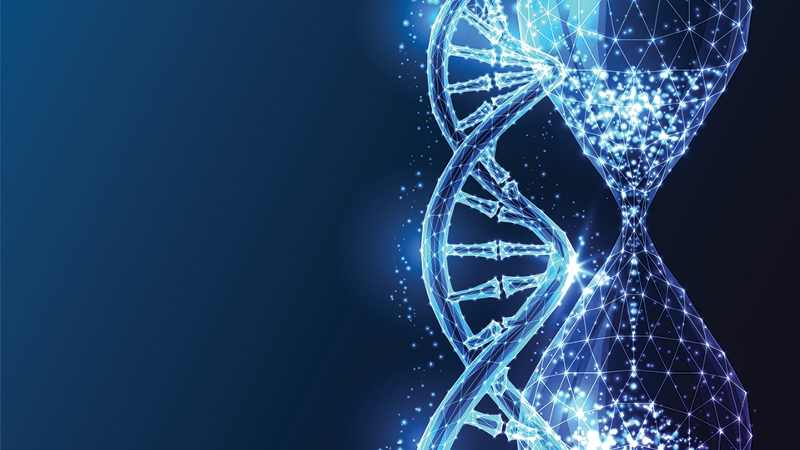Researchers have discovered a new way to predict a person’s biological age using DNA markers associated with ancient viral genetic material in our genes. This study, conducted by scientists at Weill Cornell Medicine and TruDiagnostic, sheds light on how remnants of ancient viruses in our DNA might play a role in the aging process.
The research team developed a new aging clock called “Retro-Age” by analyzing DNA methylation patterns of retroelements – genetic remnants from ancient viruses that have become part of the human genome over millions of years. This novel approach offers a fresh perspective on biological aging and could lead to new insights into age-related diseases and potential treatments.
Unveiling the Secrets of Retroelements
Retroelements, which make up a significant portion of the human genome, have long been known to impact gene regulation and expression. However, their potential as biomarkers for aging had remained largely unexplored until now.
Dr. Lishomwa Ndhlovu, the Herbert J. and Ann L. Siegel Distinguished Professor of Medicine at Weill Cornell Medicine and first author of the study, explained the significance of their findings: “Now, with Retro-Age, we have greater insight and a fresh perspective into the aging process and a potentially powerful tool to predict biological age.”
The research team used a machine learning model to analyze epigenetic data from 12,670 individuals aged 12 to 100. They focused on two types of retroelements: human endogenous retroviruses (HERVs) and long interspersed nuclear elements (LINEs). The resulting Retro-Age clock proved to be highly accurate in predicting chronological age across various human tissues and even extended to other mammalian species.
Environmental Factors and the Aging Clock
One of the most intriguing aspects of the study was the discovery that environmental factors could influence the Retro-Age clock. The researchers found that antiretroviral therapy taken by people living with HIV appeared to “turn back” the epigenetic clock to some degree.
Dr. Michael Corley, assistant professor of immunology in medicine at Weill Cornell Medicine and corresponding author of the study, elaborated on this finding: “The reactivation of specific retroelements increases with age, potentially leading to biological hallmarks of aging such as inflammation, cellular senescence and genomic instability. Our findings indicate that retroelement clocks capture previously undetected facets of biological aging and may open the door to future treatments for these and other age-related conditions.”
This discovery suggests that retroelement activity is not only a marker of aging but also a potential target for interventions aimed at slowing or reversing the aging process. The researchers are now exploring new treatments and therapeutic interventions that target the epigenetic states of specific retroelements in the human genome.
Why it matters: Understanding the mechanisms of aging is crucial for developing strategies to promote healthier, longer lives. This research provides a new tool for measuring biological age and offers insights into how environmental factors and medical treatments might influence the aging process. By monitoring retroelement activity, scientists may be able to track the effectiveness of anti-aging therapies, assess health outcomes in aging populations, and measure the impact of lifestyle changes on biological aging.
The Retro-Age clock represents a significant advance in our understanding of the aging process. As research in this field continues, it may lead to new interventions that could extend human healthspan – the period of life spent in good health – and potentially even lifespan. Future studies will likely focus on how to translate these findings into practical applications for healthcare and personalized medicine.


